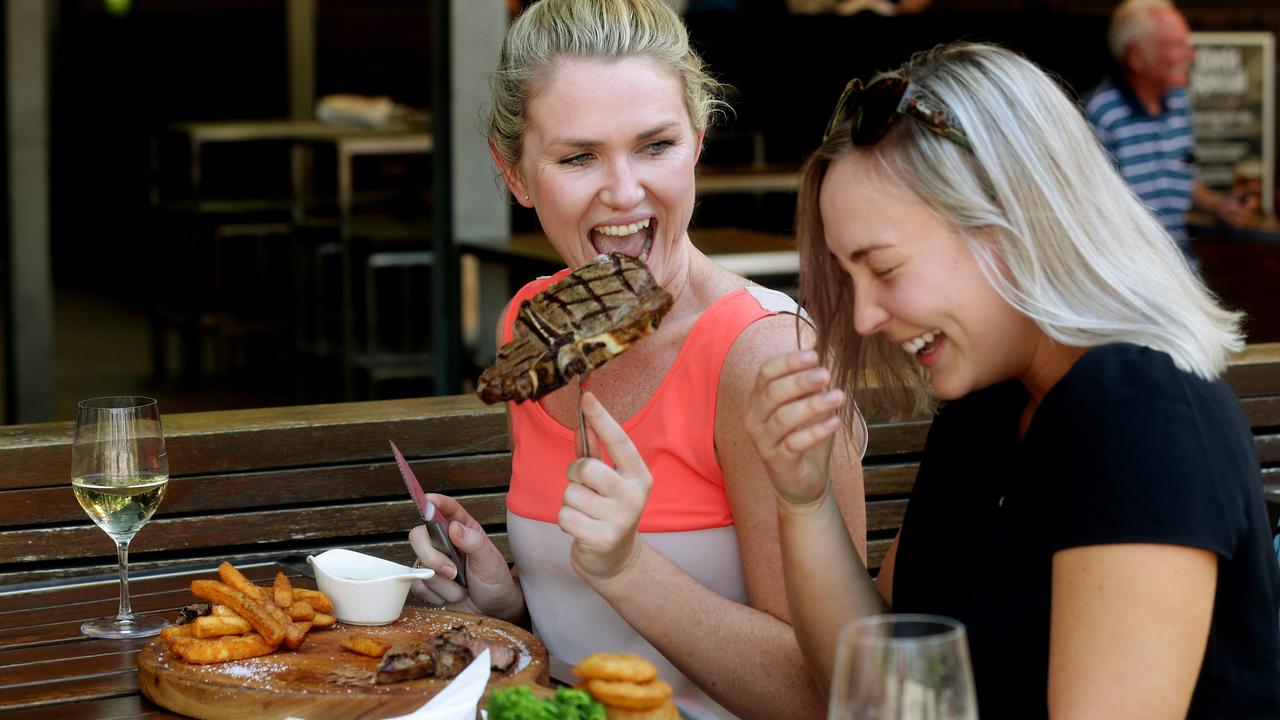Impact of bushfires on producers made worse by coronavirus
The pandemic makes bushfire recovery even tougher, writes Madeleine Stuchbery.
THERE is never an ideal time for bushfire to strike.
But to do so on the cusp of a devastating global pandemic surely takes its impact to a new, cruel level.
That is the reality for residents across East Gippsland, after the threat of fire loomed ominously across November and December, only to pounce with ferocity over the new year.
Communities already reeling after years of drought were devastated and, in some cases, overwhelmed by the attention thrust upon them.
But then came COVID-19 and brought with it new challenges for struggling communities.
Yet the astonishing resilience of country people to rally around one another in times of devastation is evident, blooming like lush regrowth after revitalising rainfall.
In East Gippsland, Gelantipy producers Bill and Annemarie Henderson sold a pen of Hereford calves at a recent Yea store cattle sale for $1580 a head, or 396c/kg.
Weighing 305kg when first sent off for agistment, they weighed in at almost 400kg by the time they were yarded at the saleyards, where heavy steers averaged returns of 400c/kg.
It’s an impressive resultfor the family who were in the firing line of the December inferno.
Plumes of smoke surrounded their property; “an eerie archway of black”, which, according to Mrs Henderson, “just spelt trouble”.
Her husband Bill worked tirelessly to save the livestock and protect the hay.
“We were inundated,” Mrs Henderson said.
“We saved ourselves, the stock, and the house. We’re calving now, and finding the cows we thought were OK, they must have been affected in the aftermath … and they’ve have lost calves, calves that have died for no reason,” Mrs Henderson said.
“We attribute it to the fires.”

A number of the Henderson’s calves went on to agistment at Yea since January after Neil and Jan Beer offered to help.
“It was an amazing gesture by the Beer family. We’ll stay friends for life,” Mrs Henderson said.
While their home remained untouched, and the stock survived the flames, Mrs Henderson said recovery was ongoing.
“It’s a bit strange really, it’s affecting us more now than it did at the time. We’re juggling finances, getting fencing done. Our pasture was burnt out, and we were coming out of drought as well. You just try and stay positive,” Mrs Henderson said.
“The COVID-19 thing really put a spanner in the works. It seems to have taken a while to get things organised. My point of view is the help is out there, but sometimes people slip between the cracks. And that’s when small communities come into their own. You know everyone, you can keep in touch with everyone, you know if someone isn’t tracking well.”
Associate Professor of Disaster and Emergency Management Erin Cotter-Smith was in Mallacoota during the evacuation of the town as a Red Cross volunteer, and saw first-hand the horrors of the summer bushfires.
She said there’s no such thing as a “normal recovery” from the trauma of natural disaster.
“People often ask, “how long will this take?”. And there isn’t a timeline, that’s the difficult part,” Prof Cotter-Smith said.
“We’d just started to see people easing out of it, and then reports came of this creepy bug. We didn’t have a trough between the two events, there was not enough space and then we were hit. The pandemic has been utterly overwhelming for us in Australia. That is of course having an impact on mental health.”
The Victorian Government recently announced a raft of measures and a boost in funding for mental health services in regional areas in a bid to help communities rebuild their lives.
Families who lost their primary place of residence will be supported as they rebuild homes with the option to move into modular housing on property.
An additional $8.75 million boost to mental health services at Albury Wodonga Health and Latrobe Regional Health was also announced, with $6.6 million to be deployed for mental health support programs through Gippsland Lakes Community Health Consortium, Alpine Health, Corryong Health Service, Tallangatta Health Service and Beyond Blue.
Prof Cotter-Smith said providing support and finance for mental health services was essential.
“The poor buggers have been effected by the bushfires … particularly in regions like East Gippsland, they hadn’t had a chance to recover. They had lost everything,” Prof Cotter-Smith said.
“They’re now coming through winter living in tents or storage containers. They must feel like they can’t catch a break.”
MORE



